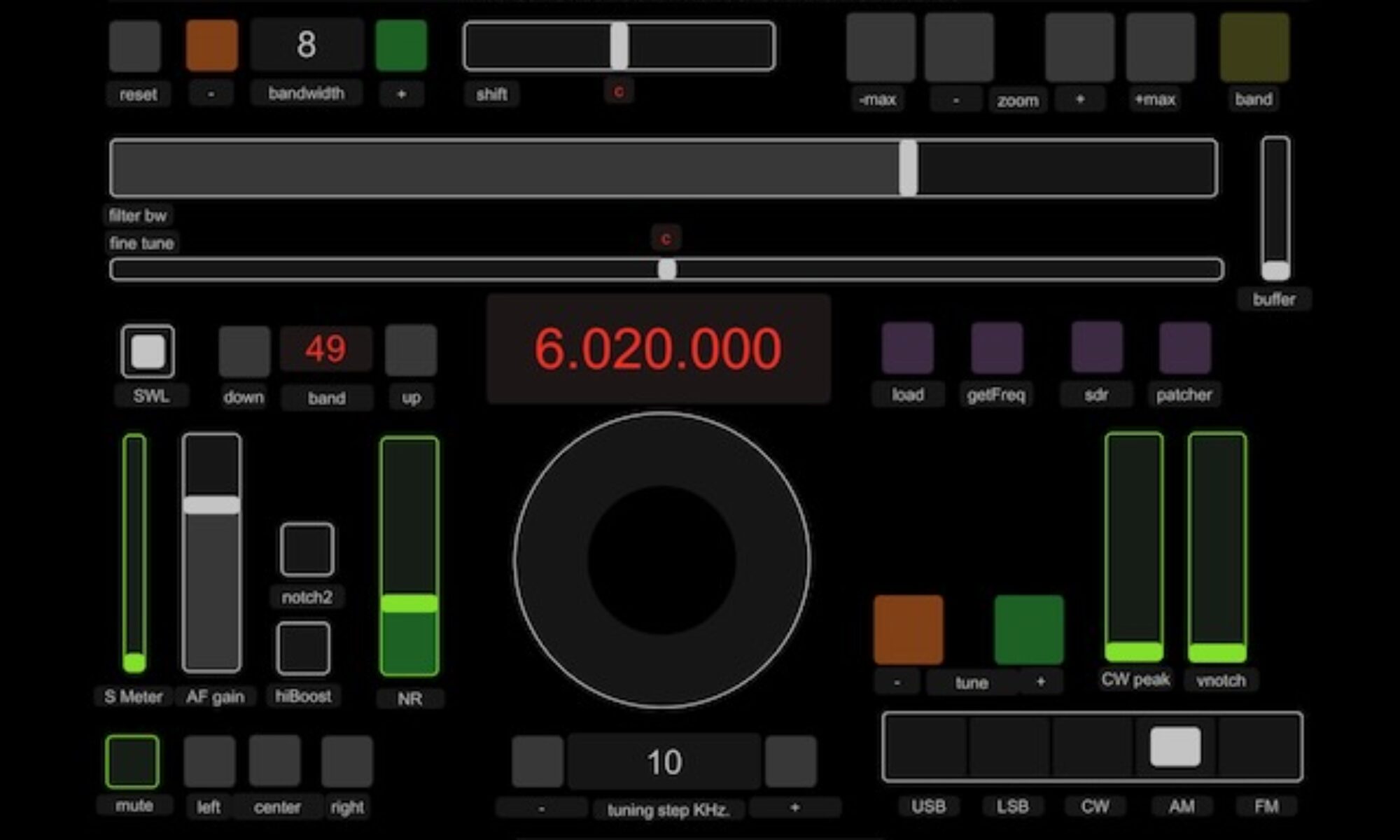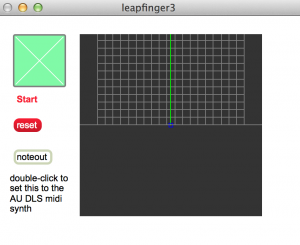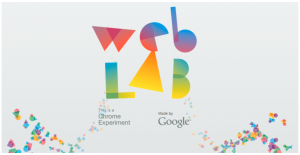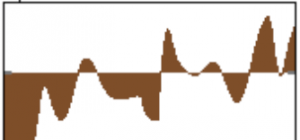By Sam Tarakajian at The Cycling 74 Blog

Michael Lyons, a NIME veteran and researcher in musical interaction, leads the first workshop. His presentation does a great job of filling in the gaps in my knowledge on NIME related topics, subjects like primary versus secondary feedback (secondary feedback is the sound an instrument makes, primary feedback is everything else it does). He also provides a thought provoking overview of why people make NIMEs in the first place, which I find particularly interesting. Beyond techno-fetishism and fascination with the human-machine relationship, he posits that the #1 reason that people are interested in building new instruments is because of an insistence on cultural fluidity. People want new ways to make sound because they want their own tools–they don’t just accept what’s given to them. No wonder so many NIME builders use Max.
As Michael brings the presentation to a close, my mind is humming with new ideas to take back to the Cycling ‘74 think tank:
- Mapping (between input gestures and sound output) is the heart of NIME, and indeed of instrument building in general.
- MIDI is plug and play, OSC isn’t because there’s no standard
- Programmability is a curse, and it’s important to have long-term versions of things
- Primary feedback (lights, vibrations) is critical for intimacy
- Music is becoming increasingly process oriented as opposed to artifact oriented. People who are not virtuosos are willing to go out in public and make music, and are eager to find a forum to do so.




